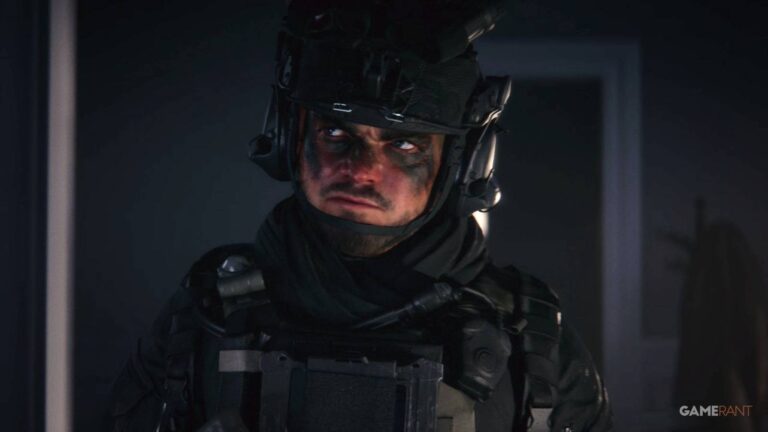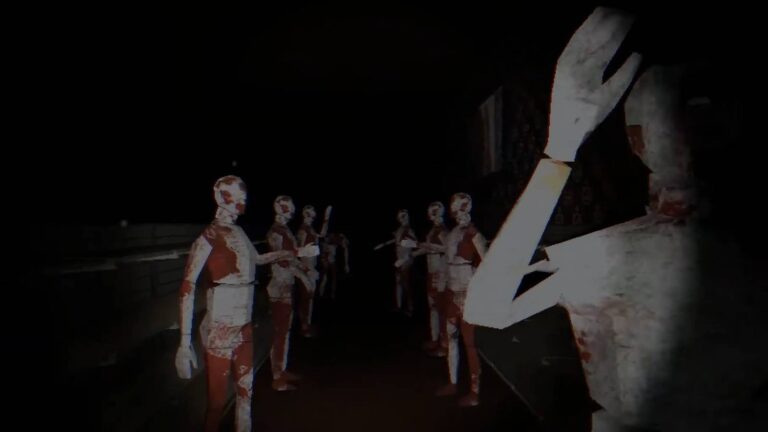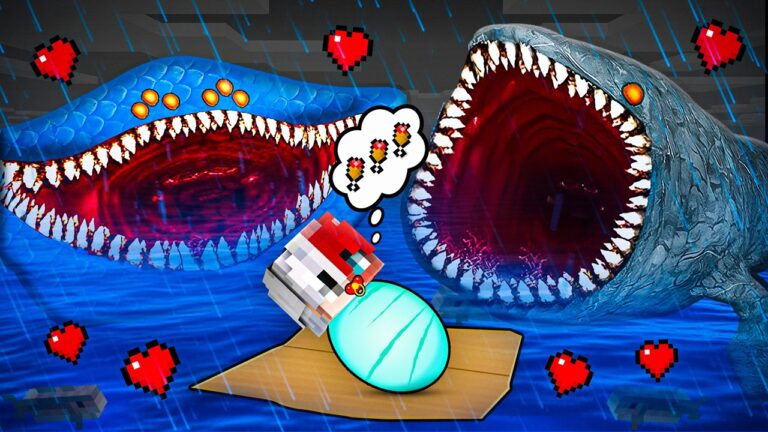
Summary
- Leaving the Vault Moment from Fallout 3 sets the stage for open-world exploration in many RPGs.
- Radio Towers, like in Far Cry 3, have become a common way for games to reveal map areas gradually.
- Game developers prioritize immersion like Red Dead Redemption 2’s seamless gameplay and day-night cycles from Shenmue.
The open-world genre has dominated the video game industry for the last decade or so, but what makes these types of games so much fun to play, outside of their massive explorable worlds and addictive gameplay loop, is how they each try out different things within their gameplay. Considering how many open-world games have been released, it’s only inevitable that developers would end up borrowing a few elements from popular installments, only for them to then go on to become trends within the genre.
When a mechanic, system, or idea becomes a trend, it doesn’t necessarily mean that it is required to be included in an open-world game, just that it appears more often than not to ensure players can enjoy the experience as much as possible. Whether this relates to the stories, combat, or even just traversing the map, there are many popular trends that almost always manage to make an appearance in some form or another, so it’s time to take a look at the games that kicked them off in the first place.
Fallout 3
Every Modern Open World Game Needs That ‘Vault’ Moment
No longtime RPG and open-world fan will ever be able to forget the moment they first stepped out of Vault 101 at the beginning of Fallout 3. Because the first few hours of the game are spent wandering around the dark and gloomy Vault, which is hidden away from the outside world, it’s truly a wonderful moment being able to admire the post-apocalyptic wasteland in all its glory after opening the doors that had been sealed for so many years.
Many people have referred to this as the “leaving the vault” moment, referring to the point where the tutorial of an open-world game officially ends, and players are finally free to explore the world around them as they please. From The Legend of Zelda: Breath of the Wild all the way to Final Fantasy 7 Rebirth, there are plenty of open-world games that have decided to carry on this trend in order to present the world as being as big and grandiose as possible once players are finally let off the leash.
Far Cry 3
Radio Towers Have Stuck Around For The Long Term
Ubisoft truly struck gold with Far Cry 3, creating a game which many consider to be one of the most influential within the open-world genre, but one particular mechanic that especially caught on was the radio towers. After climbing these large structures, players would be able to reveal a portion of the map to make exploration a little easier, and while it seemed like a neat idea at the time, this wouldn’t be the last open-world fans would see these giant beams of information.
The existence of radio towers means that developers are able to keep much of their map hidden until players eventually unveil each area for themselves along their journey. As a result, it’s not hard to see why they have become such a popular trend, and considering that a lot of modern open-world games are still incorporating them, it’s unlikely they’re going to fade away anytime soon.
Minecraft
Reward Players For Returning With Constant Updates
It may be hard to remember these days, but there was once a time when Minecraft was little more than a quirky sandbox game where all players could do was build, mine, and kill a few zombies when the sun went down. Anyone who has played this immensely popular open-world game in the last few years will be well aware that Minecraft has come a very long way since then, but the only reason it now features such a staggering number of items, enemies, and blocks is because of Mojang’s commitment to update the game for as long as possible.
While DLC packs may not be anything new in the open-world genre, providing small and subtle changes and tweaks over time really only became a mainstay trend after Minecraft. Two major examples of games that followed this formula recently are Cyberpunk 2077 and No Man’s Sky, but there have even been instances, like with Final Fantasy 15, where the developers offer an updated version of the game that enhances the overall experience by improving certain key areas of the gameplay.
Just Cause 2
Take To The Skies To Make Navigation Easier
While the paraglider may be most synonymous with Breath of the Wild, before Nintendo gave players the option to traverse Hyrule from the skies, it was actually Just Cause 2 that introduced this new form of transportation. A common complaint of the first Just Cause game was that it simply took far too long to move from A to B, so to resolve this issue, developers Avalanche Studios granted players a parachute and grappling hook, which would enable them to glide across the environment quickly and easily after jumping off a high-vantage point.
On the one hand, this allows players to get where they need to go without needing to embark through rocky mountains or dense jungles, but it was also a clever way to show off the map in all its glory, providing a breathtaking view of the cities, villages and natural environments that make up the world. It seems as though many open-world games, including the likes of Horizon Forbidden West and Saints Row 4, among many others, have all taken a note out of Just Cause’s book by also including a form of air traversal to make the core gameplay a little more engaging and fun.
Red Dead Redemption 2
Immersion Became A Top Priority For Rockstar When Creating Red Dead Redemption 2
Red Dead Redemption 2 is a game that really felt like it raised the bar for all open-world games going forward in more ways than one. However, while the cowboy setting may not have caught on with many other open-world game developers, one thing that has carried over is the incredible amount of attention dedicated to the immersion, which has become a much bigger focus in the genre ever since Red Dead Redemption 2 was first released.
One way the game achieves this is by removing the loading screens entirely. Anytime Arthur speaks with one of his campmates to begin a mission, the game will move right back into the gameplay, rather than breaking up the pacing with a long and lengthy loading screen. Therefore, loading screens are quickly becoming a thing of the past thanks to the advancement of modern hardware and technology, but it was really Red Dead Redemption 2 that proved that bigger open-world games were capable of pulling this off.
Shenmue
The Birth Of The In-Game Day And Night Cycle
Back when it was released in 1999, Shenmue was officially the most expensive game ever made, with Sega going above and beyond to create what they deemed to be an entirely new genre. Today, we would refer to Shenmue as an open-world game, albeit on a much smaller scale than many that are seen today, but it’s fair to say that this was an extremely ambitious project that introduced many mechanics which are still very relevant to the genre.
The most notable mechanic that many developers have borrowed and even improved on is the day and night cycle. Ironically, though, this actually ended up being more of a detriment to Shenmue, considering players would be forced to wait around for minutes, or even hours at a time, in order to interact with certain NPCs. For games like Death Stranding 2 and Dying Light, though, they are prime examples of just how far the day and night cycle has come, with this system now being a very common way to make these worlds feel as believable and realistic as possible to the player.
Grand Theft Auto 3
Killing Civilians Is A No-Go In GTA 3, And Pretty Much All Open World Games That Came After
It’s not uncommon to hear people call Grand Theft Auto 3 the first modern open-world game, considering it essentially created the foundation for what this genre would end up being in the near future. As a result, there’s a laundry list of influential ideas to come out of this iconic game, including the addition of a police system. While the game obviously gives players the ability to cause as much mayhem as they want, killing off innocent civilians will inevitably end up catching the attention of the police, encouraging players to think before they act when cruising the streets.
Because most open-world games aren’t based around committing criminal activities like GTA is, it only made sense that developers would continue this trend to try and dissuade players from getting too carried away. Skyrim, Cyberpunk 2077, Sleeping Dogs, Red Dead Redemption, these are just a handful of games that will punish players if they decide to take out NPCs who aren’t part of the mission, so it’s a trend that has been around for a very long time by this point.









